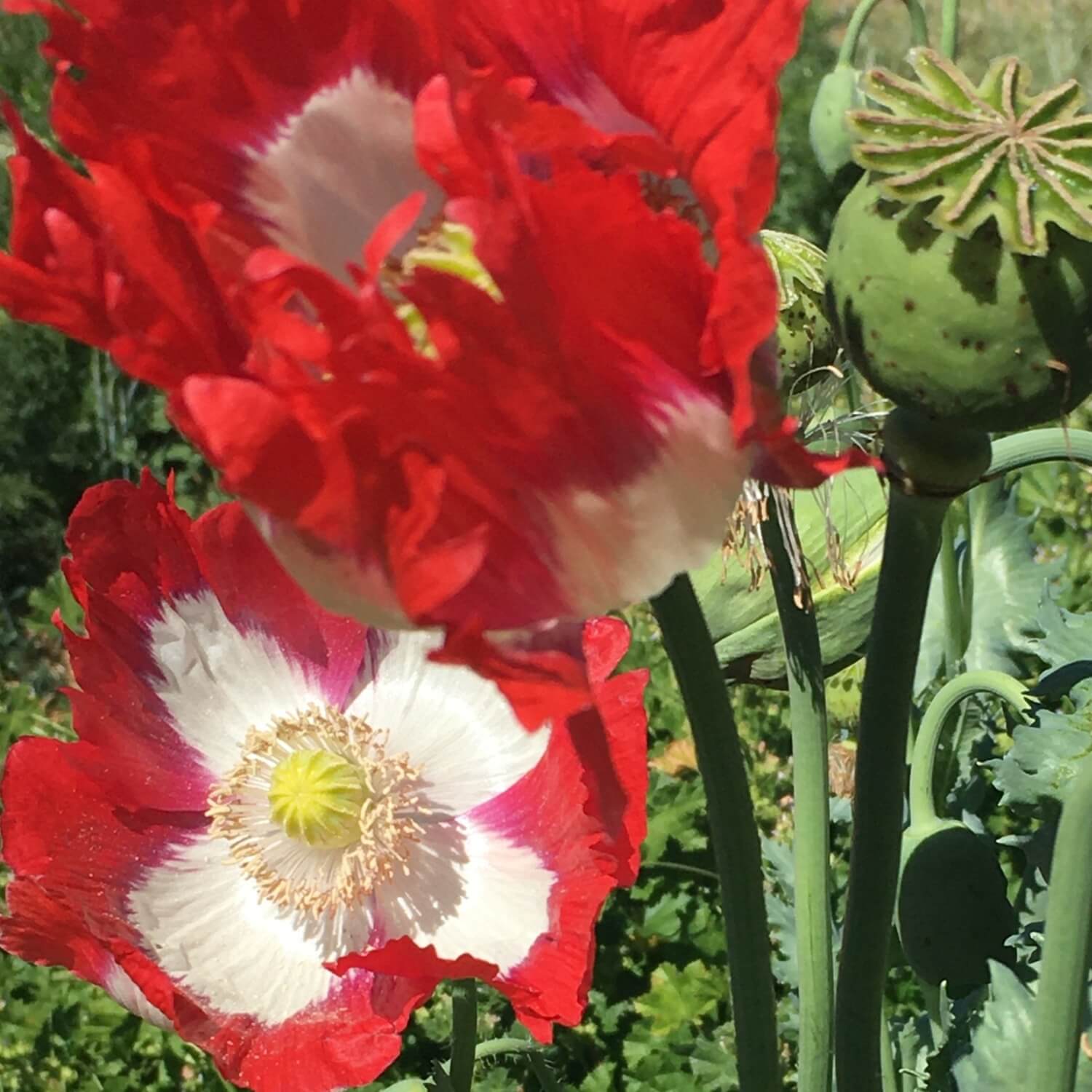
As the name suggests, the seeds of this variety are hulless meaning you can just pop them in your mouth and eat. They have a wonderful nutty flavor and are delicious raw or lightly toasted with salt or spices. These pumpkins have not been bred for their flesh but it can be eaten as soups, stews or used for livestock. With orange skins and some green striping these could also be used for Halloween pumpkins and the seeds harvested at that time. The seeds are a great source of protein and once dried will keep until you are looking for a snack.
They mature quickly and can be harvested before other winter squashes. We found that if left too long in the field after maturity the seeds will begin to split and germinate inside the pumpkins. To harvest the seeds, split pumpkins open and scoop seeds. Once you've cleaned the pumpkin guts off the seeds, dry them on a screen until completely dry in a warm location with good airflow.

Where do these originate?
Pumpkins hail originally from southern Mexico and evidence of their cultivation dates back to around 7000 BCE where they provided sustenance alongside corn and beans. Then, when colonizers returned to Europe, they brought pumpkins with them where they were grown for seeds and flesh.
This variety comes from the Styria region of southern Austria. The region had a history of pressing pumpkin seeds for oil dating back into the 18th century. But then around 1930 a chance mutation in a field pumpkin, Cucurbita pepo, resulted in seeds with no hulls! These were sent to the Gleisdorf Seed Breeding Institute in Austria and by 1950 plant breeders had cultivated a hulless variety, with a higher seed yield and a bushier habit for ease of harvest.
So, if you are looking for something different to grow in your garden this year, give these a try. Whenever we pack seeds of these I always find myself nibbling a few seeds. Yum!






